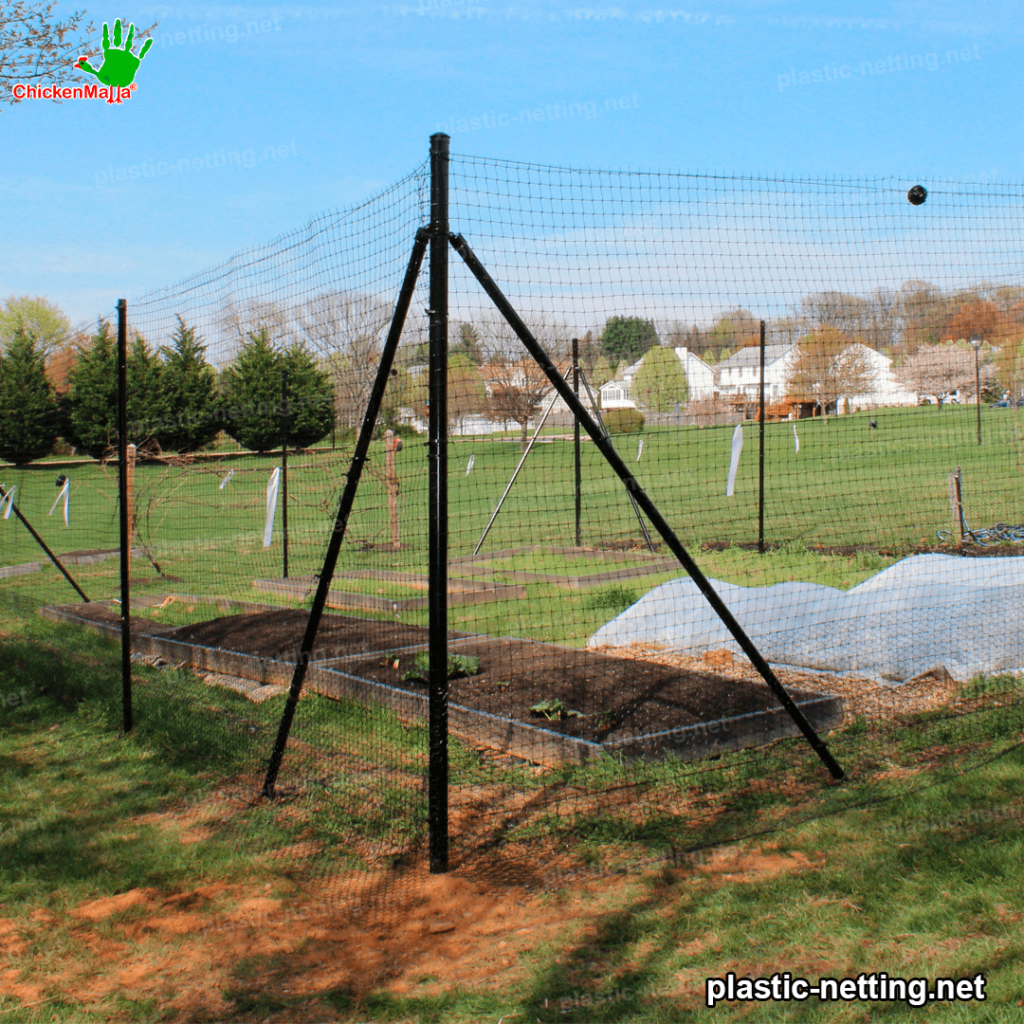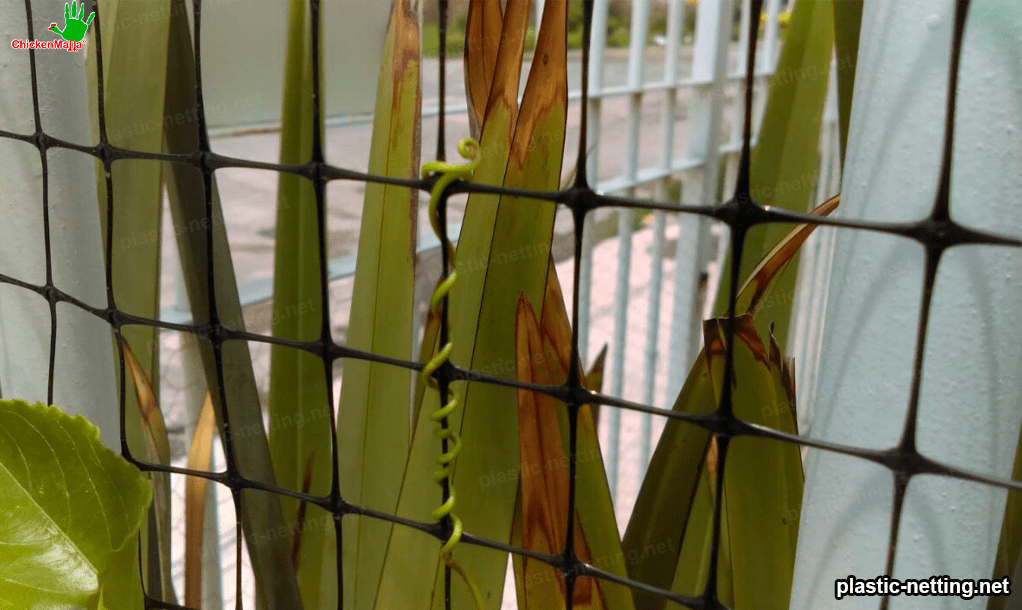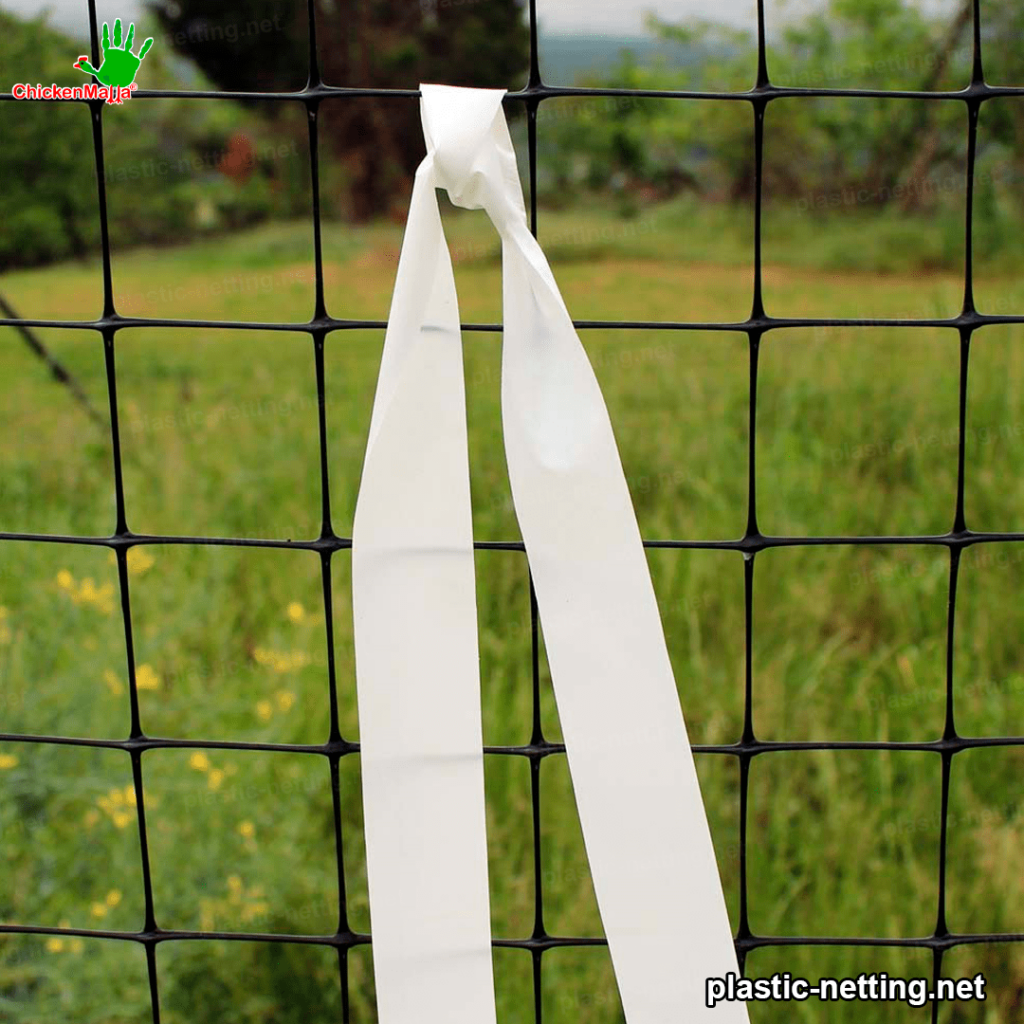During the last few years, the use of plastic as a material to generate meshes has experienced a profound growth in several industrial sectors
Plastic have a wide variety of properties that make them very valuable for injection molding and molding, with an extensive range of mechanical strengths.
In addition, their low cost and high elasticity have made them an ideal material to generate meshes.
Plastic nets can be used for the manufacture of products ranging from chairs, beds, tables and even vehicles, products that are currently in great demand. This is due to its versatility to create simple and complex shapes. Plastic mesh is a modern and innovative alternative to the generation of resistant structures.
As it resists the forces of impact, vibration and material processing. In addition, due to the weather resistance of these nets.
They can be stored for long periods in rigid outdoor environments. This weather resistance means a significant reduction in maintenance and installation costs.
Providing high performance with low maintenance requirements. Resistance also allows producers to extend the life of their products and eliminate the expense and contamination associated with repair.

A significant benefit of using plastic as a netting material is that it reduces the risk of contamination.
Does not undergo chemical changes in the presence of certain elements, such as nitrogen, that can cause corrosion. Moreover, the use of plastic guarantees lower weight, which means lower transportation costs and less time for distribution.
In addition, a key advantage is that, compared to conventional netting materials, plastic requires less time for cooling, which means that it takes less time to produce the product. This means that a greater volume of products can be produced per unit of time with the use of plastics compared to conventional materials. And finally, it meets the strict criteria of ecology.
Due to its recyclable and durable characteristics. This means that producers can use a safe and environmentally friendly material to produce their products without compromising their quality and efficiency, considering the diversity and quantity of types of plastics that are available to choose from.
The use of plastics as a netting material has increased significantly over the past few years due to its many benefits. From corrosion resistance.
Low cost, versatility in generating simple or complex shapes, resistance to weathering, etc. Plastic nets have become the main option for producers in all industrial sectors due to their resistant, recyclable and environmentally friendly characteristics.
How has the use of plastic netting improved currently?
Plastic nets are a very versatile material that can be used for a variety of purposes. They are commonly used in the textile industry, construction, agriculture and many other applications. These nets are now stronger.
More flexible and more efficient to use than ever before. The history of netting began several centuries ago.
when the Arabs invented and began using a wire mesh netting for restocking camels in a desert part of the region. This idea spread rapidly.
And eventually led to the widespread use of netting for all kinds of applications.
Today, the manufacture of netting has evolved to such an extent that the use of these materials is no longer limited to the textile industry. Plastic nets can be printed, coated, pressed, molded and calibrated to suit almost any design. Meshes of different high quality materials are made from a variety of plastics and resins such as polypropylene, polyester and other synthetic materials. These fabrics are designed to offer mechanical strength, durability, chemical resistance and flexibility for various application needs.

These meshes are used in many applications.
For example, they are very popular as protective and cushioning materials in industrial applications. They are used to contain particulates.
protect electrical equipment and materials, and for noise control. Their corrosion resistance and chemical resistance make them excellent materials for industrial applications. Some meshes are used to cover wires, supports, ramps, covers and traps. These meshes are also used in agriculture to contain animals, deter weed growth.
Inhibit the growth of diseases and pests, and are used for fruit tree fencing.
They are also widely used for decorative and packaging materials.
The use of plastic nets has improved significantly with the development of better synthetic materials, more advanced production processes and improvements in design techniques. Screens are now more colorful, stronger.
More flexible and efficient than ever before, and can be molded to meet almost any need. The use of plastic netting extends to a variety of areas.
From safety and environmental work to imaging. These modern meshes are designed to meet industry requirements with a host of properties. This has caused the use of plastic netting to increase significantly in recent years and has become one of the most commonly used materials for the manufacture of products.
Foreseen future for the use of plastic nets
The use of plastic nets in the future will be increasingly diversified and adapted to different uses and users. In fact, the use and application of plastic netting has expanded considerably in recent years. Large companies in the agricultural sector have used this technology to improve safety and position their products commercially. Other sectors. Such as the construction and automotive industries, have also taken advantage of the versatility of plastic netting for various applications.
Technological advances have contributed considerably to the expansion of the commercial uses of plastic mesh.
From initially being used only in aspects related to food processing, plastic mesh is now applied in all production areas, from building construction to the manufacture of fashion products. In the coming years, the use of plastic netting will continue to grow rapidly due to the versatility it offers and the wide range of uses it makes possible. One of the applications that we can highlight is the protection of products, since they can protect them from external elements such as water, sun or dust.

In terms of design, plastic mesh is also a very versatile product.
And has been successfully used to create three-dimensional surfaces that produce interesting architectural patterns. The use of plastic mesh has also been extended to communication, being used in the creation of posters, banners, illuminated signs or advertisements.
The future of the use of plastic mesh promises to be even more interesting. As production processes improve, plastic mesh will become more and more user-friendly and accessible to any user. Commercial and partial uses will continue to expand.
thanks to the versatility and wide range of possibilities offered by plastic netting.
